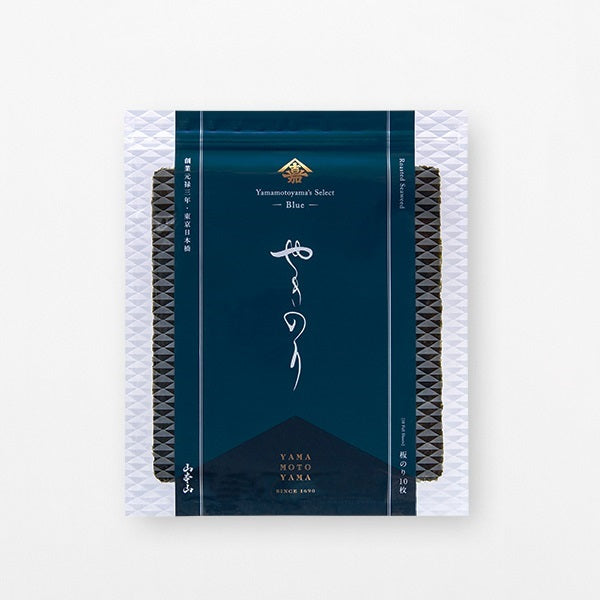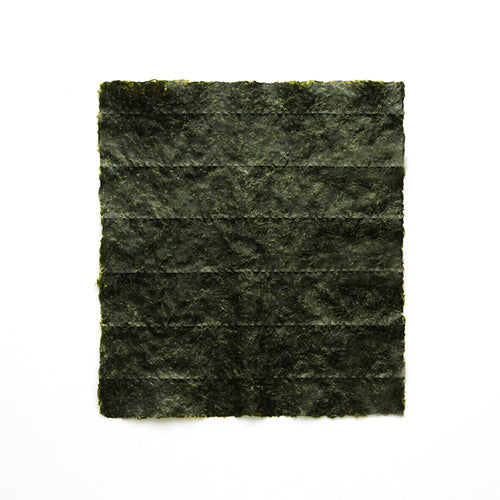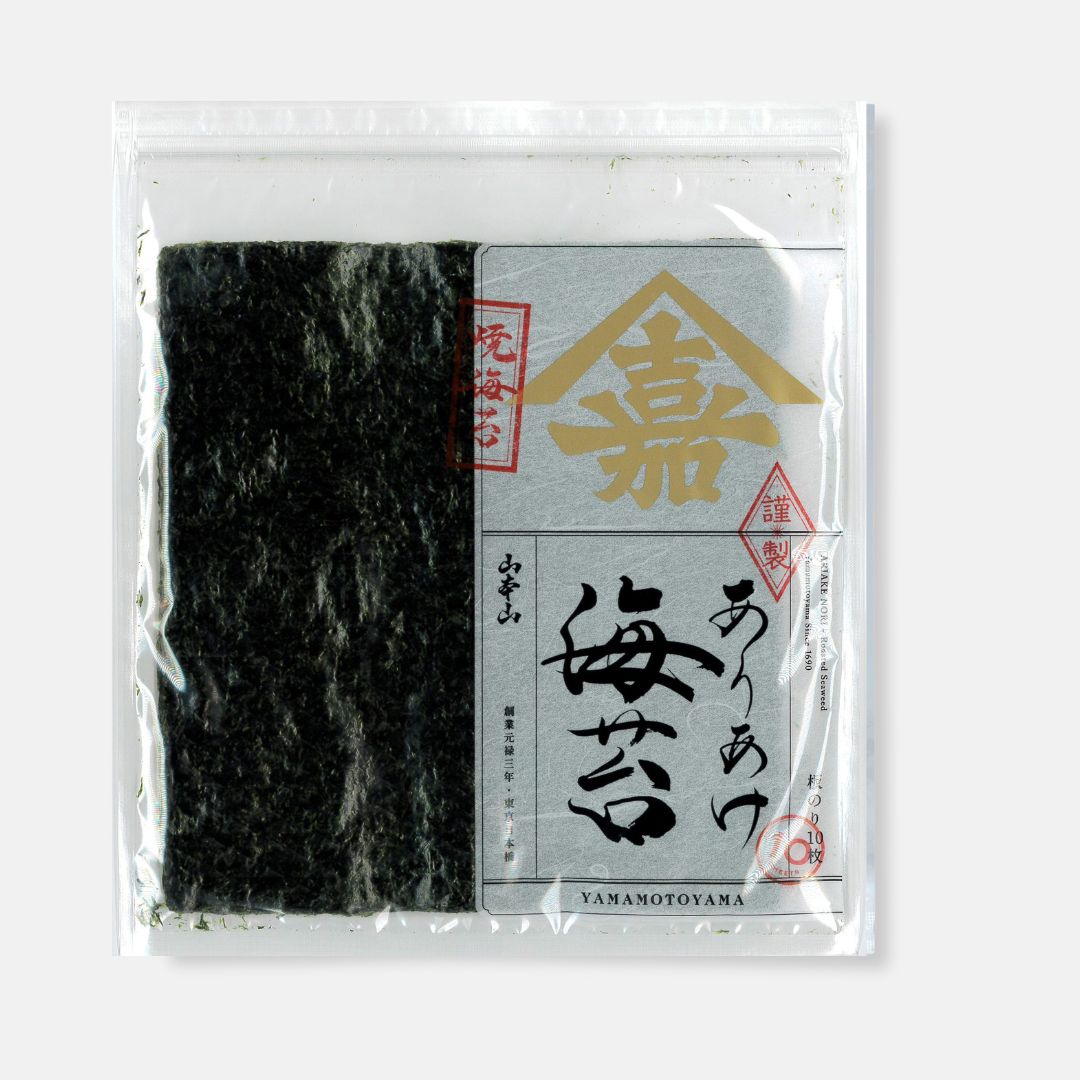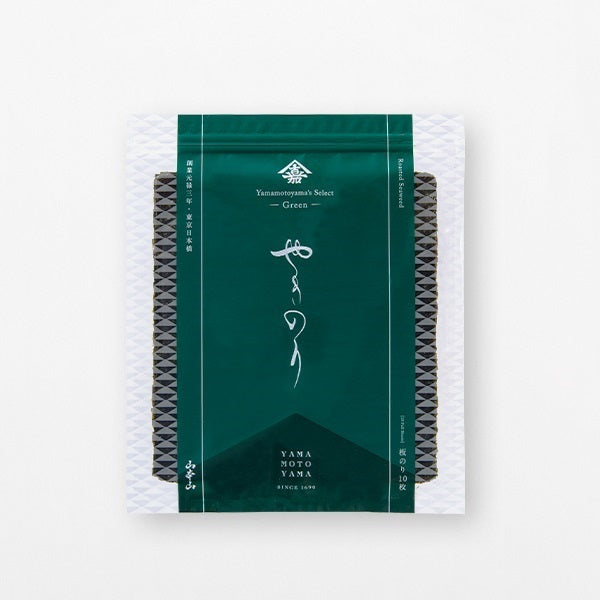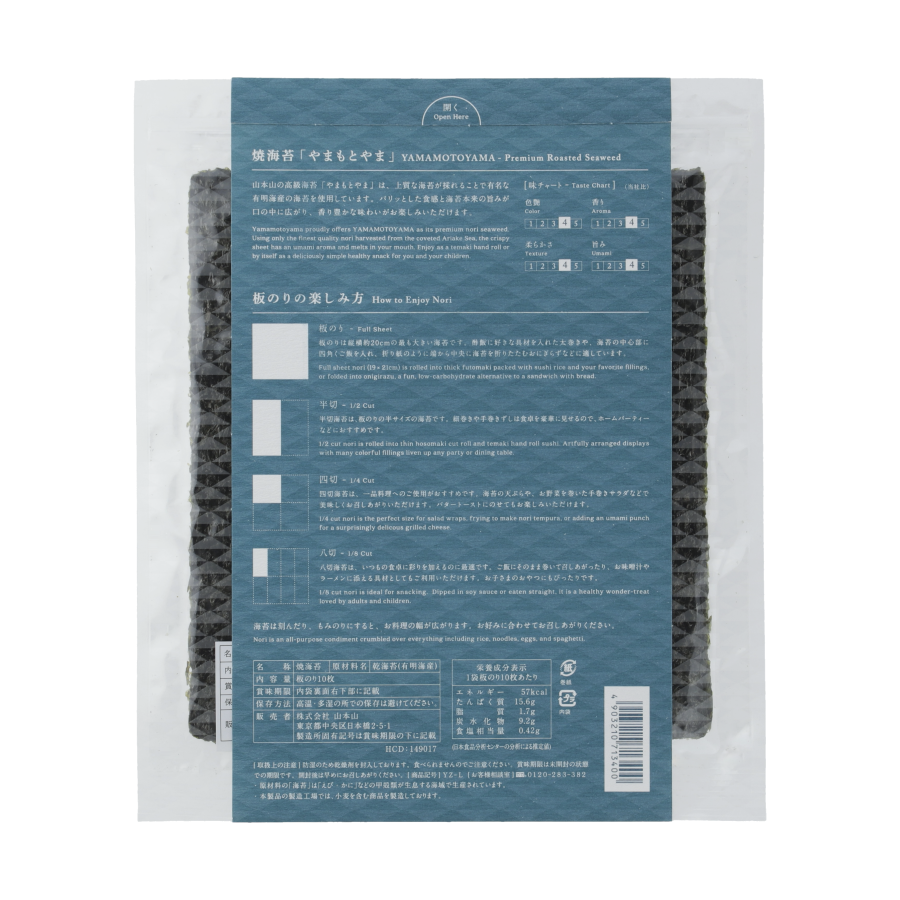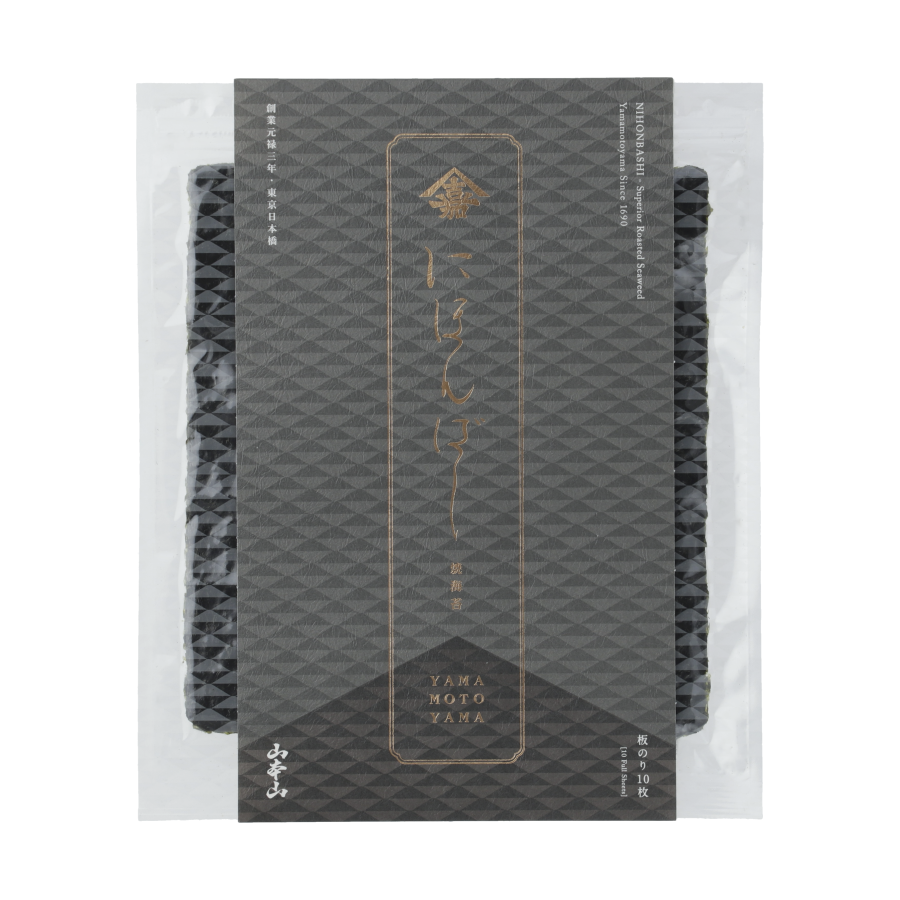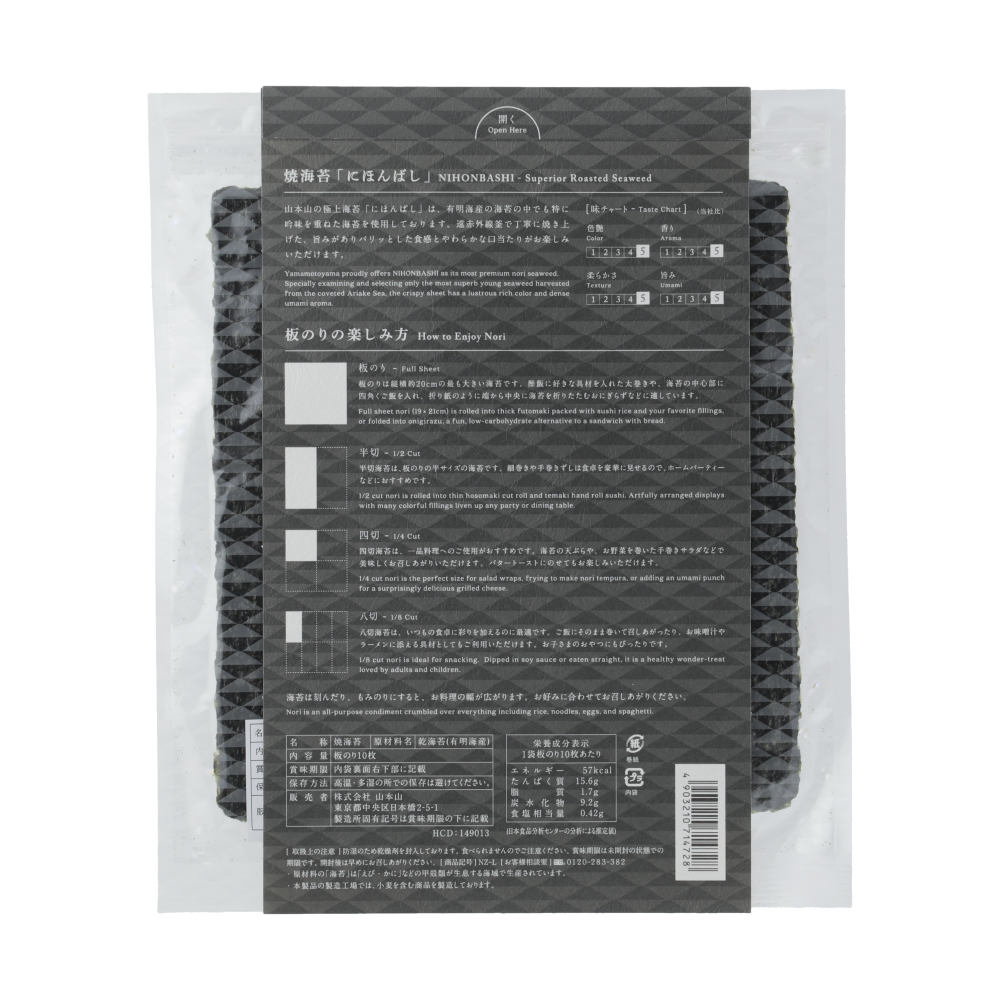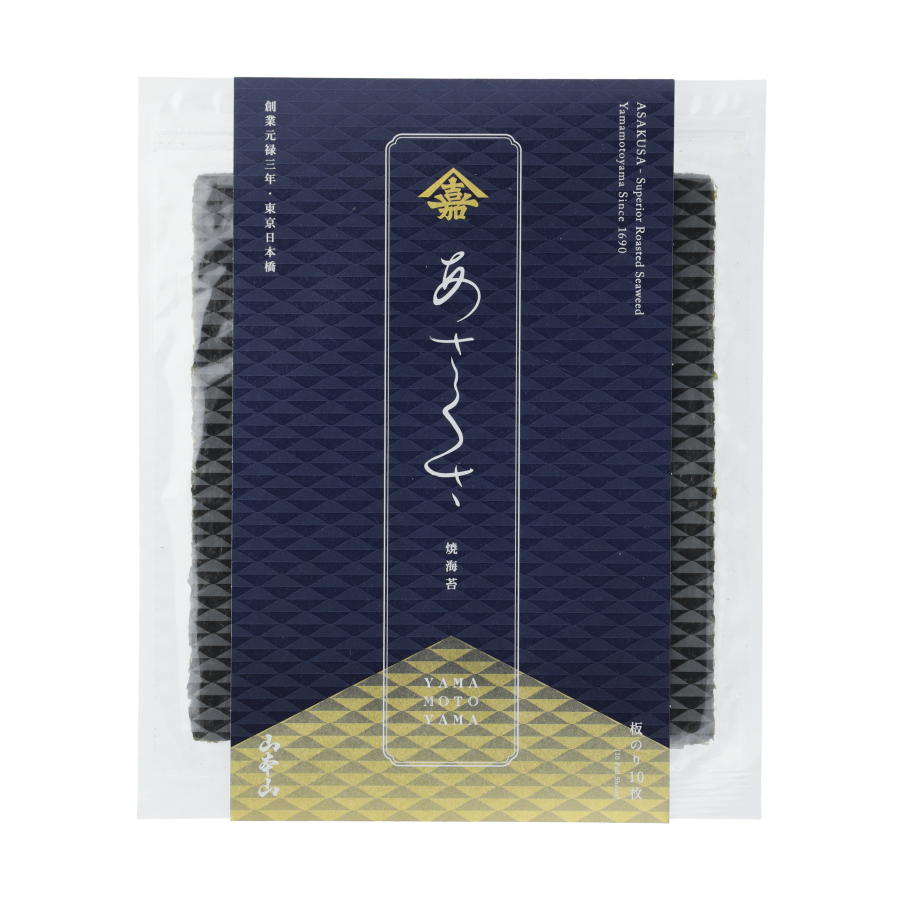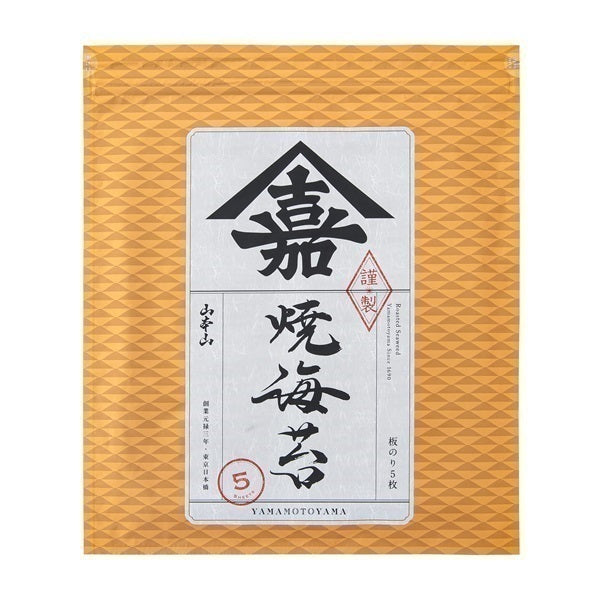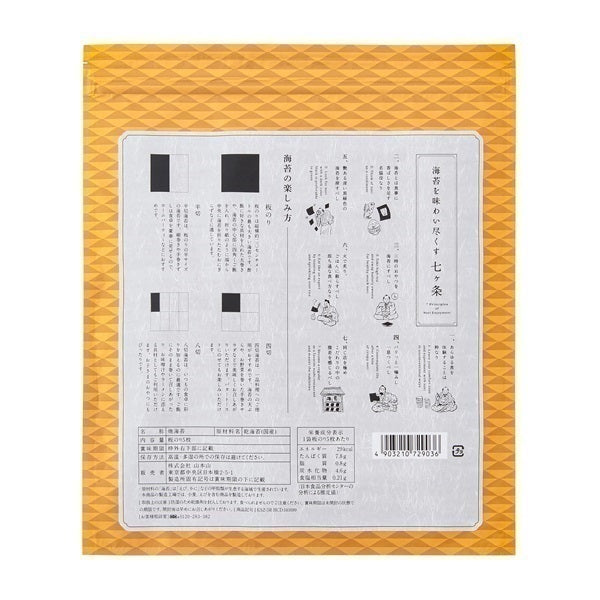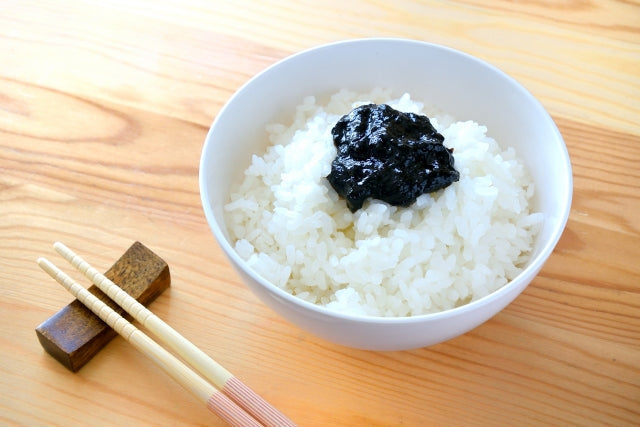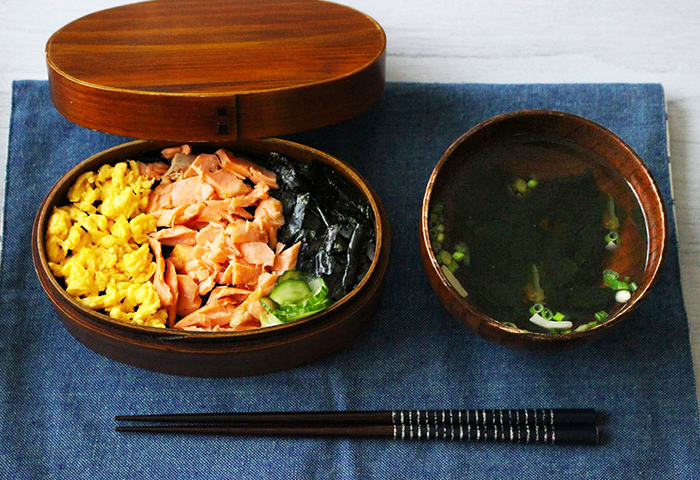
[Professionals teach] How to make delicious nori bento at home | Recipe
You can put it on hot rice as it is, or make it into rice balls. "Seaweed" and "rice" are the best combination.
Nori bento goes well with hot rice, but it tastes even better when it cools down.
The rich flavor of nori seaweed blends well with white rice. For everyday lunches, or as a treat for outings such as mountain climbing. I hope that nori bento will become more popular.
So here's a suggestion.
We'll show you some tips to take your regular nori bento to the next level.

We asked Yamamotoyama's Fujie Sabo for some professional tips on serving delicious "Nori-ju" (seaweed rice bowls)
Fujie Sabo, a Japanese tea specialty store run by Yamamotoyama, serves authentic "Nori-ju."
Yamamotoyama's "Noriju" comes in three varieties, depending on the grade of roasted seaweed: "Nihonbashi," "Asakusa," and "Yamamotoyama."
In order to allow you to fully enjoy the flavor and taste of the seaweed, all ingredients other than the seaweed and rice are served on a separate plate.

Of the three tiers, the middle and bottom tiers are topped with roasted seaweed and seasoned with homemade soy sauce.
The top layer is topped with a generous amount of loose dried seaweed, which has a stronger fragrance than regular seaweed.
Additionally, a pinch of salt is sprinkled on the loose dried seaweed to finish it off, giving it a different flavor from the bottom tier.
Nori-ju is extremely simple, but it is made with great care in both the ingredients and the way it is prepared.
But it's a little difficult to recreate at home.
So, based on the recipe for a delicious nori bento that I learned from the head chef at Fujie Sabo, I would like to actually try making it.

A recipe for delicious nori bento from a professional
material
- Your favourite lunch box
- White rice...1 serving
- Yamamotoyama "Yakinori" (for the bottom layer)...Half a sheet of nori seaweed
- "Mominori" (for the top layer)...about 3g (1 handful)
- Mentsuyu (noodle soup base)...2 teaspoons
- Water for dilution: 1 teaspoon (depending on your desired strength)
- Salt... a pinch (to taste)
- Dried bonito flakes or kelp... appropriate amount (to taste)
This time, we will use a 500ml magewappa, which is just right for women. For men or growing children, we recommend a 680-750ml size.
It is a little difficult to make a three-tiered cafe like Fujie Sabo, so try making one with the standard two-tier structure.
Lower
For the seaweed, use "yakinori" for the bottom layer.
For the size of this bento box, half a sheet of nori will be enough. If you want to use yakinori on both the top and bottom layers, prepare one sheet of nori.

Upper row
The "loose dried seaweed" on the top row is hard to come by, so we will use "roasted seaweed" to make "minori" instead. Making minori is easy!
How to make Momi Nori
- Light the gas stove on high heat and slowly bring the seaweed closer to the flame from a distance of about 20 cm, and toast it for about 20 to 30 seconds.
- While holding it, gradually change the part that is exposed to the fire, and brown both sides and all four corners.
- After roasting, all you have to do is put the seaweed in a plastic bag and knead it lightly. You can easily make kneaded seaweed without getting your hands dirty.
Of course, you can use just either "Yakinori" or "Mominori".
If you would like to use "miso nori" on both the top and bottom layers, please prepare double the amount. 
For the sauce, use commercially available noodle soup stock that you can easily find at home.
It depends on the product, but it will still taste delicious if you make it with about 2 parts commercially available noodle soup stock and 1 part water.

![]()
Cut the nori sheet

First, cut the nori sheet into bite-sized pieces.
This also solves the problem of "when I try to eat nori bento with chopsticks, all the seaweed comes off."

If you want to use the nori without cutting it, try using a grater.
Pressing the seaweed tightly will create gaps between the pieces, making it easier to eat in the same way.
![]()
Put rice in the lunch box

First, lay down half a bowl of rice. ![]()
Dip the seaweed into the noodle soup and place it on top of the rice.

Quickly dip the seaweed you just cut into the seaweed and bonito soup and place it on top of the rice.
If you like, you can place some bonito flakes or kelp between the rice and the seaweed.

Seaweed placed on top of rice will shrink over time.
The key is to place the seaweed so that it covers the edge of the bento box.

First, place the seaweed around the bento box, and then finally fill in the center.
This will make the finished product much more beautiful.

The bottom section is finished!
Next, let's create the upper layer. ![]()
Spread the rice on top and top with roasted nori.

Spread the remaining rice in the same way, then fill in the gaps with roasted nori.

To finish, sprinkle a little salt on top to taste and it's done.

This is a freshly made "Nori bento."
Leaving it for a little while will allow the seaweed to blend and the flavor to soak into the rice.
It's delicious enough as is, but if you were to add some side dishes to it, what would be good to use?

The classic and popular side dishes are of course "grilled salted salmon," "fried chikuwa with seaweed," "boiled hijiki," and "kinpira burdock."
If you place your side dishes on top of the nori bento, you can avoid the problem of the seaweed on the top layer sticking to the lid of your bento. 
The "Nori-ju" from Fujie Sabo, which we introduced earlier, comes with three different daily side dishes served separately.
On the day I visited the restaurant, (from the left) they had "vinegared dish," "grilled cod roe," and "lotus root kinpira." On other days, they also have "spinach with sesame dressing," "namul," and "pickled plum."
The head chef at Fujie Sabo says that when selecting side dishes, he tries to choose "ingredients that offer a variety of flavors and textures, such as spicy, salty, or sweet." 
For example, how about a "soboro nori bento" made with shredded salmon and slightly sweet minced egg? If you top it with slightly salty pickles, you can enjoy the different tastes and textures.

Other dishes include sauteed chicken, green vegetables tossed in mustard, quickly prepared salted vegetables, and sweetly boiled sweet potatoes. Depending on the combination, you can create a wide variety of nori bentos.
Homemade "nori bento" has long been loved by children and adults alike. This method brings out the deliciousness of the seaweed and rice even more.
Please use the recipe above to make a delicious nori bento that everyone will enjoy.



